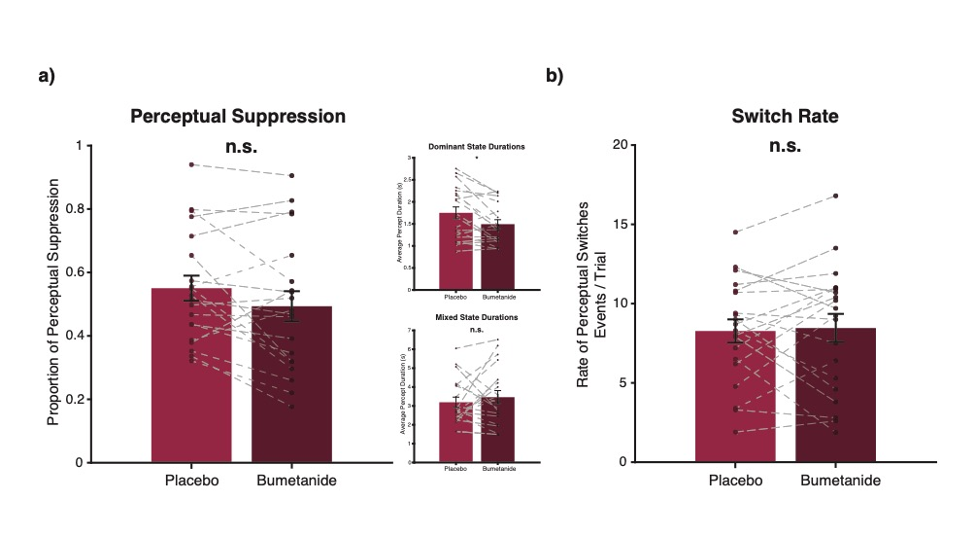




Did you find this useful? Give us your feedback








5 citations
59 citations
...First, chronic administration of bumetanide produces substantial diuretic effects and systemic build-up in the kidneys, and may alter neuronal function by way of larger systemic changes [47, 48]....
[...]
54 citations
47 citations
...Given recent links between GABAergic inhibition and rivalry dynamics [11, 31], and the replicated differences in binocular rivalry dynamics observed in individuals with autism [11, 33–35], rivalry has been suggested as a noninvasive perceptual marker of inhibitory signaling in visual cortex, and its putative disturbance in autism [11, 35]....
[...]
...Given these links between rivalry dynamics and E/I balance in visual cortex, as well as recent evidence showing altered rivalry dynamics in adult individuals with autism [11, 33–35], rivalry has been suggested as a noninvasive perceptual marker of E/I signaling in visual cortex, and its putative disturbance in psychiatric conditions, including autism....
[...]
47 citations
...Empirical data using magnetic resonance spectroscopy (MRS) lend further support to these claims: across individuals, the concentration of the neurotransmitters GABA and glutamate(+glutamine) in early visual cortex strongly predict the degree of perceptual suppression [11] and longer dominant percept durations [32, 42] during rivalry....
[...]
43 citations
...Given recent links between GABAergic inhibition and rivalry dynamics [11, 31], and the replicated differences in binocular rivalry dynamics observed in individuals with autism [11, 33–35], rivalry has been suggested as a noninvasive perceptual marker of inhibitory signaling in visual cortex, and its putative disturbance in autism [11, 35]....
[...]
...Given these links between rivalry dynamics and E/I balance in visual cortex, as well as recent evidence showing altered rivalry dynamics in adult individuals with autism [11, 33–35], rivalry has been suggested as a noninvasive perceptual marker of E/I signaling in visual cortex, and its putative disturbance in psychiatric conditions, including autism....
[...]